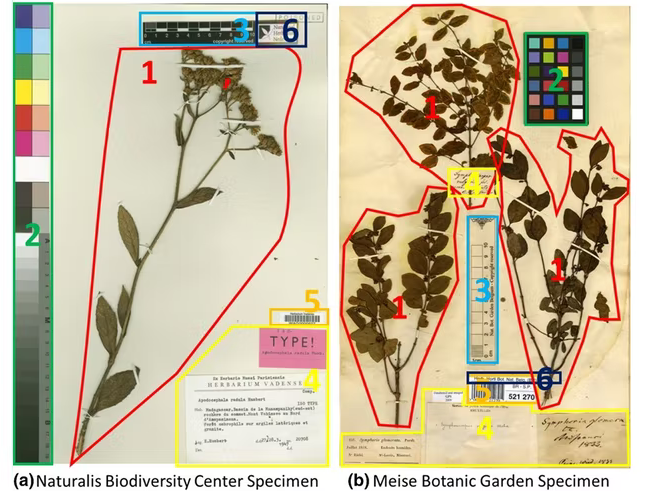
Image Credit: Cardiff University.
They have been involved with museums throughout Europe, including London’s Natural History Museum, to enhance and corroborate their new approaches and assist with the enormous job of digitizing hundreds of millions of specimens.
With over 3 billion geological and biological specimens curated in natural history museums worldwide, the digitization of museum specimens, in which physical data from a certain specimen is changed into a digital format, has become a more and more crucial operation for museums as they adapt to a progressively digital world.
A valued collection of digital information is vital for researchers attempting to model the past, present and future of the earth and organisms, and could be paramount in dealing with some of the major societal challenges the world faces at present, from conserving biodiversity and managing climate change to discovering new methods to handle emerging diseases such as COVID-19.
The digitization process also aids in minimizing the volume of physical handling of specimens, several of them are very fragile and susceptible to damage. Having appropriate images and data available online can decrease the risk to the physical collection and safeguard the specimens for future generations.
The Cardiff team has taken a step toward making this process faster and economical. Details of their study have been published recently in the journal Machine Vision and Applications.
This new approach could transform our digitization workflows.
Laurence Livermore, Deputy Digital Program Manager, Natural History Museum, London
The researchers have developed and tested a new technique known as image segmentation that can effortlessly and automatically find and bound various visual regions on images as varied as herbarium sheets or microscope slides with a high level of accuracy.
Automatic segmentation can be applied to focus the capturing of data from particular areas of a sheet or slide, for example, one or more of the labels adhered to the slide. It can also help carry out crucial quality control on the images, thereby guaranteeing that digital copies of specimens are as accurate and precise as possible.
In the past, our digitization has been limited by the rate at which we can manually check, extract, and interpret data from our images. This new approach would allow us to scale up some of the slowest parts of our digitzation workflows and make crucial data more readily available to climate change and biodiversity researchers.
Laurence Livermore, Deputy Digital Program Manager, Natural History Museum, London
The technique has been taught and then verified on numerous images of herbarium sheets and microscope slides from various natural history collections, signifying the flexibility and adaptability of the system.
Incorporated into the images is vital data about the herbarium sheet or microscope slide, like the specimen itself, color charts, labels, barcodes and names of institutions.
Usually, after an image has been captured, it then has to be tested for quality control purposes and the data from the labels logged — a procedure that is presently conducted manually, which can be laborious, wasting resources and time.
Previous attempts at image segmentation of microscope slides and herbarium sheets have been limited to images from just a single collection. Our work has drawn on the multiple partners in our large European project to create a dataset containing examples from multiple institutions and shows how well our artificial intelligence methods can be trained to process images from a wide range of collections.
Professor Paul Rosin, Study Lead Author, School of Computer Science and Informatics, Cardiff University
“We’re confident that this method could help improve the workflows of staff working with natural history collections to drastically speed up the process of digitization in return for very little cost and resource,” Professor Paul Rosin added.
Microscope slides were provided by Natural History Museum, Kew and Naturalis Biodiversity Center, Royal Botanic Gardens, whilst herbarium sheets were provided by Natural History Museum, National Museum Wales, Museum für Naturkunde, Meise Botanic Garden, Muséum National d'Histoire Naturelle, Finnish Museum of Natural History and Naturalis Biodiversity Center.
Journal Reference:
De la Hidalga, A. N., et al. (2022) Cross-validation of a semantic segmentation network for natural history collection specimens. Machine Vision and Applications. doi.org/10.1007/s00138-022-01276-z.